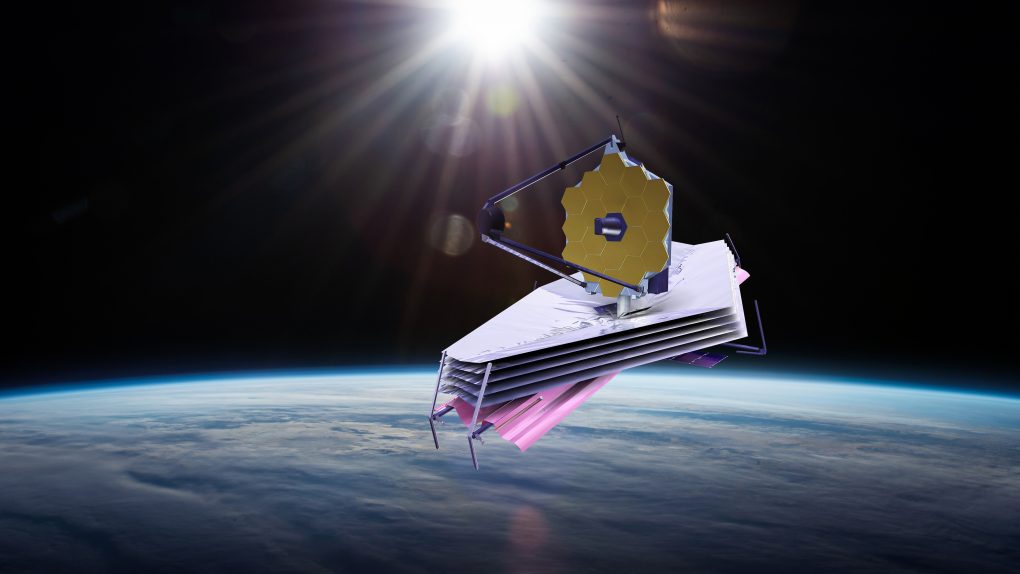NASA’s James Webb space telescope is the most powerful observatory that humankind has created thus far. And it has shown us some amazing things. Not only did the telescope wow in its first full-color images, but it has also continued to learn more about our universe daily with new observations. The latest image to come from James Webb is truly spectacular and showcases what is known as a wind binary.
The most recent image was created by Judy Schmidt and shared on Twitter. It was created using data from James Webb’s MIRI instrument, which sees the universe through infrared light. The star, located roughly 5,600 light-years away, is known as WR 140. It’s an extremely rare binary pair that can be found inside the constellation Cygnus. But what makes James Webb’s image of this wind binary so amazing?
James Webb captured an image of a wind binary in action
Well, the iconic circular spirals around the star that appear in the image are a start. Of course, there are always going to be the usual diffraction spikes that are caused by James Webb’s observations. But, this image also showcases how light travels through the gasses and other material left behind as this pair of rare binary stars circle each other.
The stars, one a Wolf-Rayet star and the other a massive O-type star, are both rare. And when spotted in the universe, they rarely coexist closely together. However, as is the case here, the two stars circle each other in their own orbits. And when they come close to each other and enter their periastron, their powerful winds collide, creating debris and dust that is then lit up by the light they emit.
It’s a startling and breathtaking situation that gives room for an amazing photo opportunity. James Webb’s capture of the wind binary in action is equally as breathtaking. When the dust clouds from each star collide, it is heated by the ultraviolet light from the two stars. This causes the dust and material to shine and glow as we see it in James Webb’s image.
As I noted above, this image was created by Judy Schmidt. She has also processed other images using James Webb’s data in the past. It’s also worth noting that the image above contains around 160 years’ worth of dust shells, according to Science Alert. That’s because the star’s orbits only come close to each other every 7.94 years. As such, new rings are created with each passing, pushing older rings outward.
The last passing of the stars would have taken place in 2016. Scientists are also looking into the star, so it’s possible we could learn more about WR 140 and what makes wind binary stars so intriguing sometime in the future. James Webb continues to unlock new secrets about our universe, so perhaps it will also allow us to understand stars like this better.








